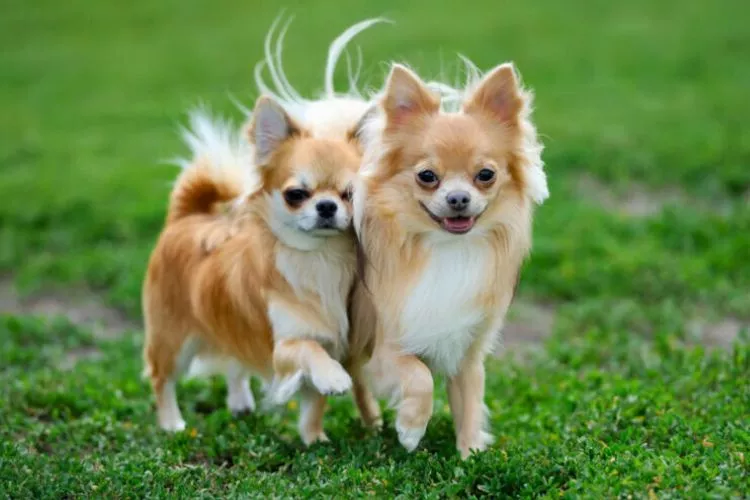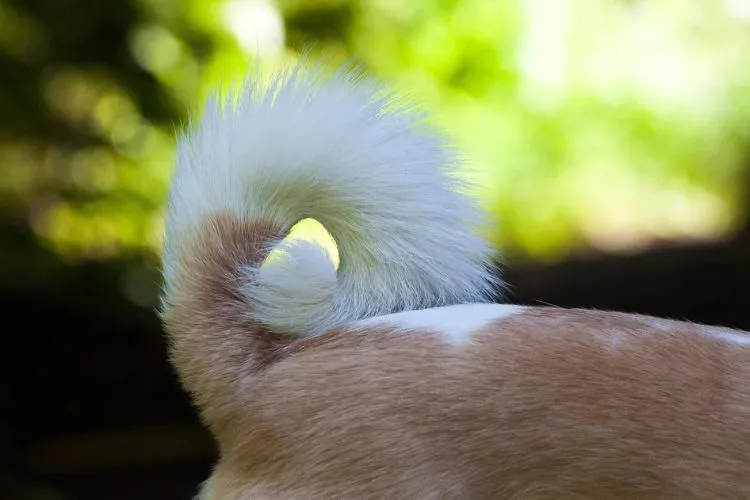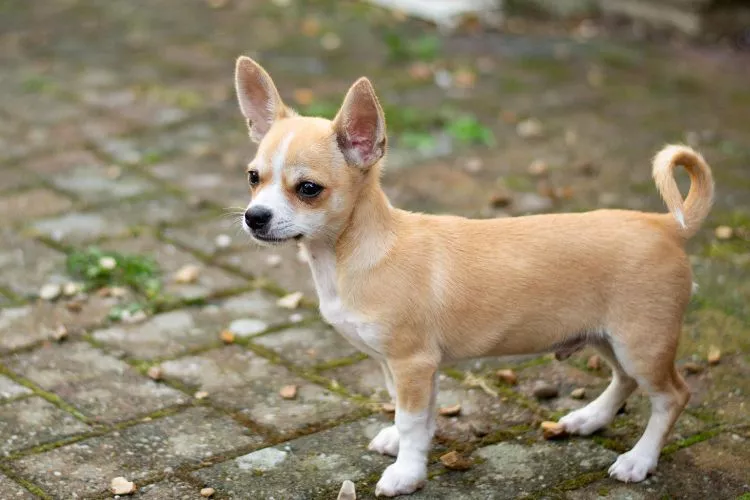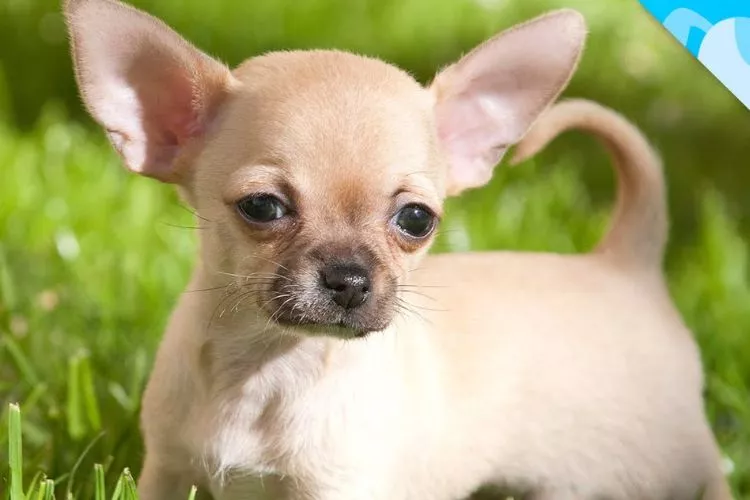Chihuahuas are known for their tiny size and delightful personalities. One distinctive feature that catches the attention of many is their tails.
The question do chihuahuas have curly tails or not is a common query among dog enthusiasts and prospective Chihuahua owners.

In this article, we will explore the history, types, and characteristics of Chihuahua tails to shed light on this interesting topic.
🐾 History and Origins of Chihuahuas
Chihuahuas trace their origins back to ancient civilizations, specifically the Mayans and Toltecs of Mexico.
These dogs were believed to have been companions to royalty and were cherished for their small size and loyal nature.
Over time, Chihuahuas were discovered by explorers and eventually made their way to Europe and beyond.
🐾 Do chihuahuas have curly tails?
Yes, Chihuahuas typically have curly or sickle-shaped tails, which can be curled slightly or curl entirely until the end. This is usually presented as a defining trait for the breed. However, some Chihuahuas may only have a slight curl to their tails.

However, when it comes to their shape, they can display some interesting variations. While not all Chihuahuas have curly tails, some do exhibit this charming trait.
Types of Chihuahua Tails
- Curly Tails: Some Chihuahuas possess curly tails that tightly coil over their backs. This distinctive feature is often considered aesthetically pleasing and adds to their overall appeal.
- Straight Tails: Many Chihuahuas have straight tails that point upward when they are alert or excited and hang down when they are relaxed.
- Corkscrew Tails: Additionally, some Chihuahuas have tails that resemble corkscrews, with a slight curl that forms just at the tip of their tails.
Interesting Facts about Chihuahua Tails
- Chihuahua tails contribute to their balance and agility, helping them in various physical activities.
- The curled tail appearance may have been a result of selective breeding practices to enhance the breed’s characteristics.
- Chihuahuas with curly tails often capture attention in dog shows and competitions due to their unique feature.
Additional Information on Chihuahua Tails
Chihuahua tails are more than just a physical appearance. They play a crucial role in communicating their emotions and intentions. When a Chihuahua raises its tail, it can indicate excitement, alertness, or aggression.
Conversely, a lowered tail may suggest fear or anxiety. Observing your Chihuahua’s tail movements can help you understand their emotions, leading to a closer bond between you and your pet.
Tail injuries can be quite painful and cause discomfort to your furry friend. Chihuahuas are susceptible to tail injuries due to their small size and delicate structure.

A common injury is known as “broken tail,” where the tail’s base is injured or dislocated, causing severe pain and discomfort. To prevent such injuries, it is recommended to handle your Chihuahua with care and avoid any rough activities that put undue pressure on their tail.
Chihuahuas also have a condition known as “Limber Tail Syndrome,” sometimes referred to as “broken tail syndrome.” Although not related to bone damage, it is an injury that can cause the tail to droop and become limp, resulting in noticeable pain and difficulty moving.
Dogs that participate in high-intensity activities, such as long-distance swimming or sudden changes in exercise habits, are at higher risk of developing Limber Tail Syndrome. If you notice your Chihuahua’s tail seems droopy or limp, take them to the veterinarian immediately.
In conclusion, Chihuahua tails are a fascinating aspect of their overall appearance and personality. While some Chihuahuas possess curly tails, others may have straight, corkscrew, or even unique characteristics.
Regardless of tail shape, it’s crucial that owners take good care of their Chihuahua’s tails to ensure their comfort and safety.
Remember to monitor your Chihuahua’s tail movements and seek veterinary advice if you notice any marked changes in its appearance or behavior. Enjoy every aspect of your Chihuahua, including their tails!
You may also find helpful: Are Long Haired Chihuahuas Hypoallergenic?
🐾 Pro Tips
- Adding visual aids such as photographs of Chihuahuas with different tail types can enhance the reader’s understanding.
- Introduce personal anecdotes or stories to connect with the readers on an emotional level, making the article more engaging.
- Encourage readers to share their experiences or tail stories in the comments section, fostering a sense of community among Chihuahua owners.
Remember to proofread the article thoroughly for grammar and style to ensure a polished final piece.

🐾 Frequently Asked Questions (FAQs)
Chihuahuas come in various shapes and sizes, and not all of them have curly tails. It is important to note that tail appearance can vary even within the same litter.
To keep a Chihuahua’s tail healthy, regular grooming is essential. Gently brush the tail to remove any tangles or debris, and keep an eye out for any signs of injury or infection.
While some Chihuahua puppies may have curly tails that straighten as they grow older, it is not a common occurrence. The tail’s appearance is typically determined by genetics.
In general, there are no significant differences between male and female Chihuahuas when it comes to their tails. The variation in tail shape and size can depend on the individual dog’s genetic makeup.
Conclusion:
Chihuahuas, known for their spirited personality and diminutive size, also display a range of tail characteristics. While not all Chihuahuas have curly tails, those that do add to the breed’s charm and allure.
Understanding the history, types, and care of Chihuahua tails can help owners appreciate this unique feature.
Whether you have a Chihuahua with a curly, straight, or corkscrew tail, their tail is an integral part of their overall appearance and should be cared for accordingly.
Embrace the diversity within this delightful breed and cherish every aspect of their tail, curly or not.
